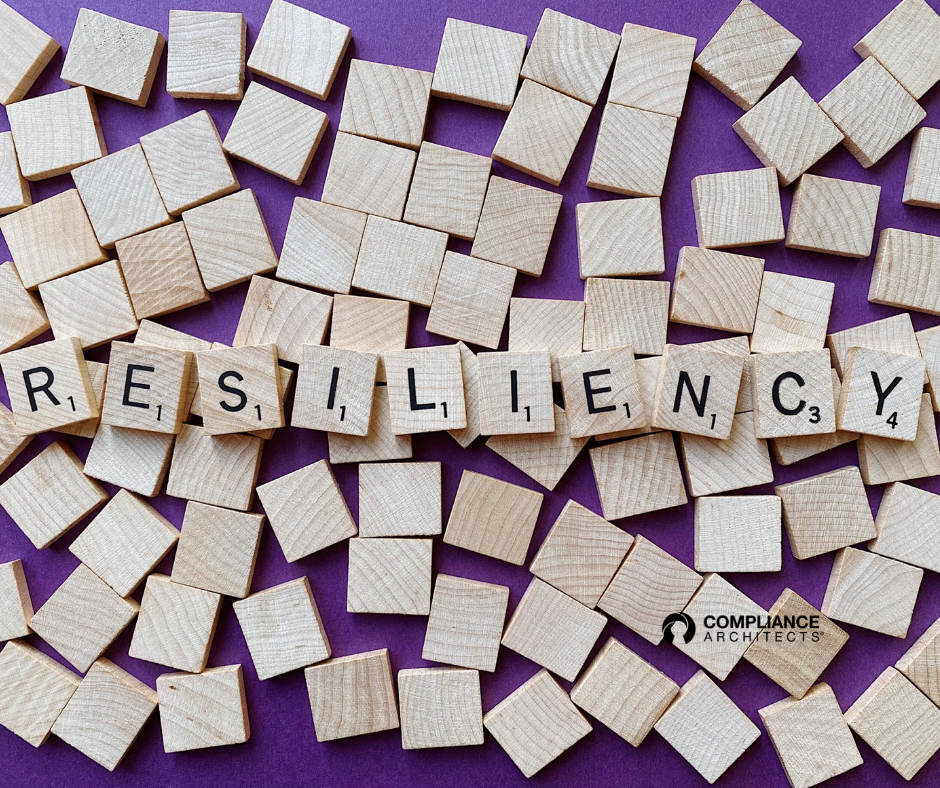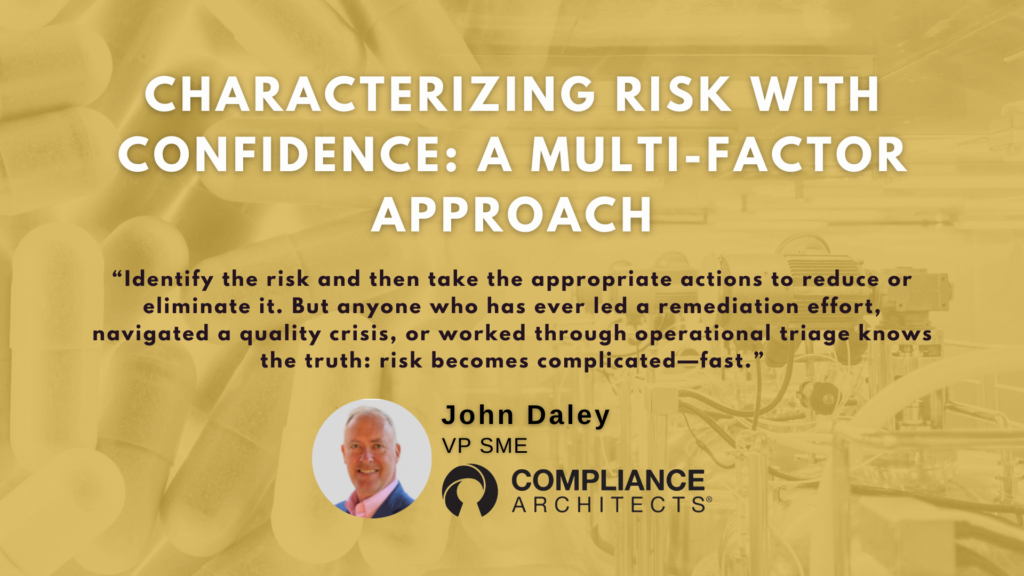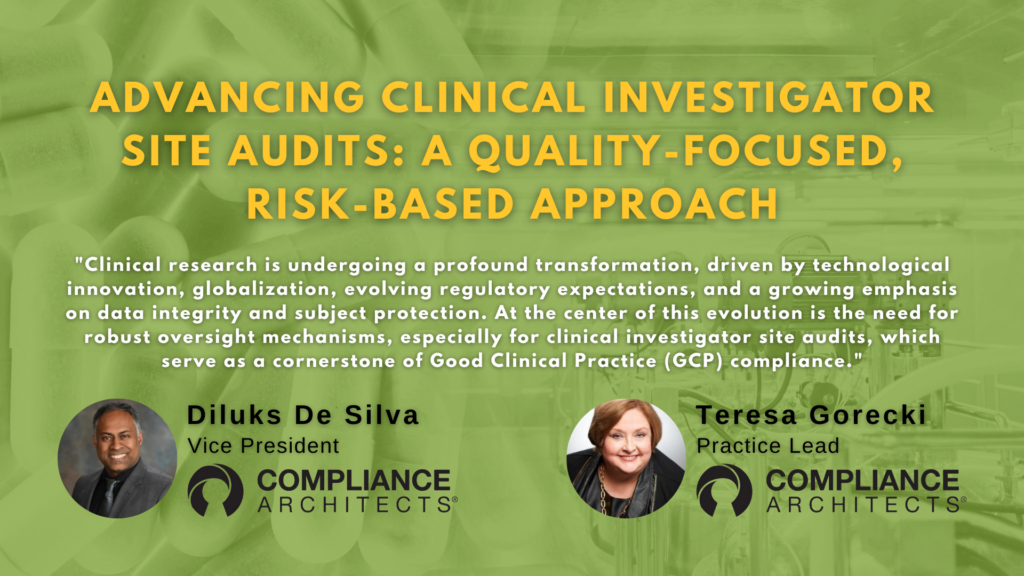In today’s volatile global economy, “supply chain chaos” has gone from industry jargon to everyday reality. From raw material shortages to geopolitical instability, the once invisible machinery of global commerce is now in chaos.
Pandemic shutdowns, natural disasters, and transportation bottlenecks have exposed how fragile global supply chains are.

While many companies are scrambling to return to “normal,” many leaders are asking a more strategic question: What if chaos isn’t the exception anymore?
In addition to macro disruptions, the life sciences industry faces another challenge: the rise of novel therapies with highly sensitive and time-bound logistics.
Cell and gene therapies (CGTs) and radioligand therapies (RLTs) are not just scientific breakthroughs. There are also supply chain challenges in motion.
CGTs often require cryogenic transport from manufacturing sites to hospitals, sometimes across continents, while maintaining ultra-low temperatures (as low as -150°C).
RLTs face an even narrower window, where radioactive payloads have a half-life measured in hours, leaving no room for delays.
Welcome to the era where resilience, not efficiency, is the new competitive advantage.
Companies that build adaptable, flexible, and risk-resistant supply chains are not only surviving the chaos but gaining a strategic edge over their competitors.
Table of Contents
From Lean to Fragile
For decades, supply chains were optimized for cost and speed. “Lean” was the mantra, and redundancy was viewed as waste. But as recent years have shown, hyper-optimized supply chains can quickly become hyper-fragile in the face of disruption.
Suddenly, organizations focused solely on efficiency found themselves flat-footed, unable to respond to delays, surging costs, or supplier breakdowns. It was not just an operational headache; it became a strategic threat.
Resilience Redefined

These capabilities mark a dramatic departure from past priorities. The shift from lean to resilient supply chains is now a defining factor in long-term competitiveness, not just a “ backup plan.”
It is about building adaptive, agile systems that can absorb shocks, pivot quickly, and recover strongly. Resilient companies are not only surviving disruption but also turning it into a source of advantage.
Key traits of resilient supply chains from my experience include:
Visibility – Real-time insight into supplier networks, inventory levels, and logistics flows.
Flexibility – The ability to pivot sourcing, shift production, or reroute shipping in response to changes.
Risk Management – Proactive identification and mitigation of supplier and geographic risks.
Collaboration – Strong, transparent relationships with suppliers, partners, and competitors.
The Shift from Efficiency to Resilience
Traditional supply chains prioritize efficiency over adaptability, but the new reality demands a resilient, flexible approach. Here’s how leading companies are future-proofing their operations:
Diversifying Supplier Networks
Moving away from single-source suppliers and instead qualifying multiple vendors across different regions.
Developing regional manufacturing hubs to reduce dependency on distant locations.
Strengthen the GxP-compliant logistics partners: Partner with vendors who can meet regulatory and temperature control standards, with validated systems and data integrity for the chain of custody.
Design for Delivery: Integrating Supply Chain Strategy from Lab to Patient
Integrate cold chain, customs, and site readiness into product design by collaborating with clinical and manufacturing teams from the start.
Establish strong collaboration between Quality, Clinical, and Supply Chain teams to eliminate operational silos. Ensure all functions are aligned on what “on-time and intact” means, with shared accountability from batch release to patient administration.
Strengthening Supplier Risk Management
Implement supplier audits and real-time monitoring to identify risks before they escalate.
Using AI-driven predictive analytics to assess and mitigate vulnerabilities.
Building Inventory Buffers & Safety Stock
Strategic stockpiling of critical materials to cushion against disruptions.
Developing hybrid models that balance Just-in-Time (JIT) with Just-in-Case (JIC) strategies.
Digital Transformation & Supply Chain Visibility
Investing in blockchain technology for real-time supply chain transparency.
Leveraging IoT and AI-driven forecasting to improve demand planning.
Nearshoring & Regionalization
Shifting production closer to key markets (nearshoring) to reduce transportation risks.
Establishing alternative logistics routes to minimize bottlenecks.
Why Resilience Matters More Than Ever
Disruptions Are Here to Stay
Disruption is no longer rare, whether in global conflict, extreme weather, cyberattacks, or regulatory shifts. It is the cost of doing business.
Customer Expectations Are Rising
Delays are no longer acceptable. Even in chaos, companies that can deliver reliably win customer trust and loyalty.
Investors Are Paying Attention
Supply chain risk is now a boardroom concern. Resilience is not just operational. It is financial, reputational, and strategic.
From Cost Center to Value Driver
Companies that embrace supply chain resilience are flipping the script. They are investing in technology, supplier development, scenario planning, and local sourcing not just to “survive” but to lead.
Resilience is becoming a differentiator, a brand value, a market signal, and a competitive moat. That is the advantage when your competitors are stuck and you keep moving.
Resilience Starts Here: 5 Moves to Future-Proof Your Supply Chain
Building a resilient supply chain is not a one-size-fits-all journey. But a few powerful first steps include:
- Map your entire supplier and logistics network to identify vulnerabilities- know your weak links.
- Develop cross-functional response protocols for high-impact disruptions.
- Invest in AI-driven forecasting and visibility platforms.
- Diversify suppliers by geography and capabilities.
- Collaborate with Quality and Clinical from early development stages.
Final Thoughts on Dealing With Supply Chain Chaos
The world is not going back to “normal.” But that is not a reason for fear; it is a call for reinvention. In an age of disruption, the companies that thrive will see resilience not as a cost but as a strategic asset.
The era of advanced therapies demands a new level of supply chain intelligence, precision, and agility. It is not just about having a plan; it is about having the right plan for the right product at the right time.
Quality teams are not just enforcers. They are enablers of timely, safe, and effective therapy delivery. In this new world, they help connect science to the bedside.
The question is no longer “How can we make our supply chain leaner?” but “How can we make it stronger, smarter, and more adaptable?”
In a world where uncertainty is the only constant, resilience is not just a competitive edge; it is your lifeline. Do not just survive the chaos. Lead through it.
To learn more about dealing with Supply Chain Chaos, contact us with the form below. We are happy to help you on your journey.





